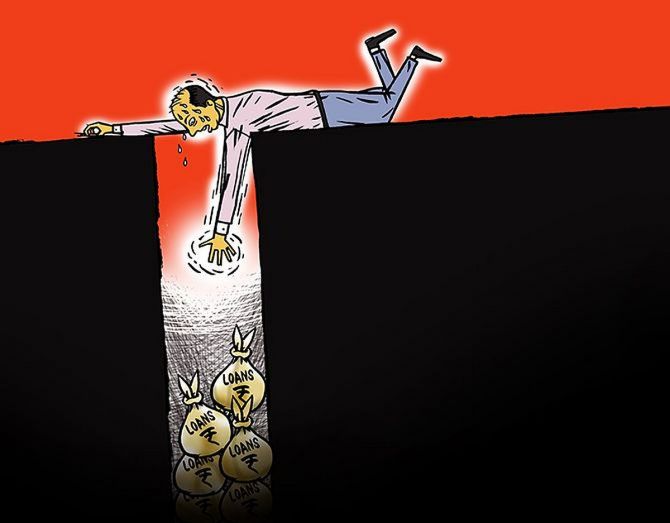While the stress is lower than projections, it would be higher than what we saw last year because of the pandemic: Axis.

Despite improving economic conditions, private sector lender Axis Bank sees bad loans rising and said it will continue to be conservative.
“Collection efficiency has been in the range of 95-97 per cent.
"We saw payments bouncing in September (when the EMI moratorium came to an end) but since then, we have seen improvement month-on-month,” said Sumit Bali, president, retail lending and payments, Axis Bank.
“While the stress is lower than projections, it would be higher than what we saw last year because of the pandemic.
"But it is getting better for us. However, Q3 and Q4 will see some slippages (in the retail book).”
He said the bank has surpassed pre-Covid levels in secured loans.
“The unsecured part of the business continues to at 60-70 per cent of pre-pandemic level.
"We are conservative on the unsecured part and would want to see some more series of data points before we start going back to the pre-pandemic level,” he added.
The lender’s asset quality had improved both sequentially and year-on-year in Q2.
It had Gross NPA of 4.18 per cent in Q2, compared to 4.72 per cent in Q1.
Net NPAs had fallen 25 basis points to 0.98 per cent in the reporting quarter.
Total provisions and contingencies made by the lender were up over 3 per cent sequentially to Rs 4,581 crore.
The bank made incremental provisions of Rs 1,279 crore towards loans under moratorium and Rs 1,864 crore towards probable restructuring, aggregating to Rs 3,143 crore.
Axis Bank has also seen growth in disbursements since July and had reached pre-Covid levels in Q2.
In October and November, disbursements were equal to or better than pre-Covid levels in some asset classes.
“We are witnessing some uptick already, but the sustainability will depend on the vaccine availability,” the management said.
The bank reiterated that the number of restructuring requests continue to be low.
Going forward, the bank would work to increase market share in rural and semi urban markets through asset-led liability strategy.
The focus would be on farmer funding, gold loans, small business loans, home loans, and two-wheeler loans.













 © 2025
© 2025